
Bulbine torta Photo by: © Plantemania
Truly one of the most curious African geophyte species with characteristically coiled leaves flowering in autumn or winter.
Origin and Habitat: Bulbine tortaSN|33892]]SN|33892]] is endemic to the Roggeveld and Matsikamma Mountains (Northern and Western Cape), South Africa. It is a habitat specialist known from five subpopulations.
Altitude range: 230-1000 metres above sea level.
Habitat and Ecology: Fynbos, Succulent Karoo. Bulbine tortaSN|33892]]SN|33892]] grows on dry, shallow pans on sandstone slabs together with the handsome Conophytum ursprungianumSN|16149]]SN|16187]] (a form of Conophytum obcordellumSN|16187]]SN|16149]]). This geophytic, bulb-like plant actually persists during the dry summer season as thick, fleshy, fusiform roots that are barely covered by the thin soils and mosses among which it grows. The tuft of coiled, slender leaves may serve as a fog-collection mechanism like the spiraled leaves of a number of other South African bulbs. There are no known threats to this species.
Synonyms:
See all synonyms of Bulbine torta
back
Accepted name in llifle Database:Bulbine torta N.E.Br.Bull. Misc. Inform. Kew 1908: 409 (1908).Synonymy: 3
back
Common Names include:
AFRIKAANS (Afrikaans): Draadkopiva, Wildekopiva
Description: Bulbine tortaSN|33892]]SN|33892]] is small geophytic, bulb-like plant, 8-25 cm tall, from a tuberous rootstock. During the winter growing season it produces a tuft of coiled, slender leaves. The flowers held in a lax or dense raceme, are yellow to light orange, with reflexed tepals and fluffy yellow stamens.
Rootstock (tuber): Flat based.
Roots: Thick, fleshy, fusiform.
Leaves: Several, sinuous, twisted or coiled, thread-like that radiate from the base like Medusa’s hairdo. (Too much shade and water will have the effect of a flattening iron, so strong light is needed for the best contortions.)
Flowers: The flowers are typical of the genus, are yellow to light orange, with reflexed tepals and with large bearded stamens that give the allusion to pollinators that there is more pollen present than there really is.
Blooming season: Winter (In the wild it blooms July-Sept.).
Fruits(capsules): Globose, suberect.
Bibliography: Major references and further lectures
1) John Manning “Southern African Wild Flowers: Jewels of the Veld” Struik, 2004
2) E. van Jaarsveld in: Urs Eggli “Illustrated Handbook of Succulent Plants: Monocotyledons: Monocotyledon” Springer Science & Business Media, 17 July 2001
3) Steven A. Hammer “Dumpling and his wife: new views of the genus Conophytum” EAE Creative Colour Ltd., 2002
4) Goldblatt, P. and Manning, J.C. “Cape Plants: A conspectus of the Cape Flora of South Africa.” Strelitzia 9. National Botanical Institute, Cape Town. 2000.
5) Raimondo, D., von Staden, L., Foden, W., Victor, J.E., Helme, N.A., Turner, R.C., Kamundi, D.A. and Manyama, P.A. “Red List of South African Plants.” Strelitzia 25. South African National Biodiversity Institute, Pretoria. 2009.
6) Raimondo, D., Manyama, P.A. & Kamundi, D.A. 2008. Bulbine torta N.E.Br. National Assessment: Red List of South African Plants version 2017.1. Accessed on 2017/03/19
7) International Succulent Introductions of the Huntington Botanical Gardens “ISI 2013-17. Bulbine torta N. E. Br.” Published in the Cactus and Succulent Journal, Vol. 85 (2), March - April, 2013 web: http://www.huntington.org/BotanicalDiv/ISI/ISI2013/2013-17.html
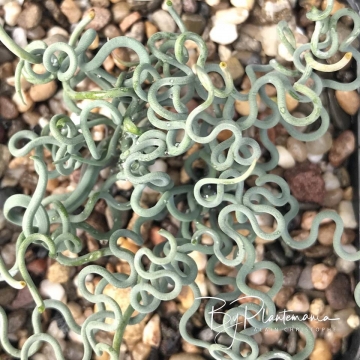 Bulbine torta Photo by: © Plantemania
Bulbine torta Photo by: © Plantemania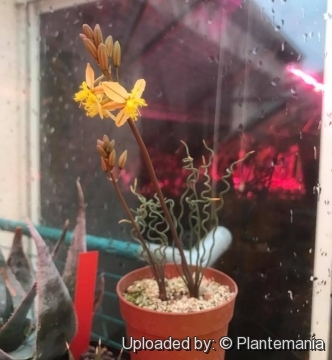 Bulbine torta Photo by: © Plantemania
Bulbine torta Photo by: © Plantemania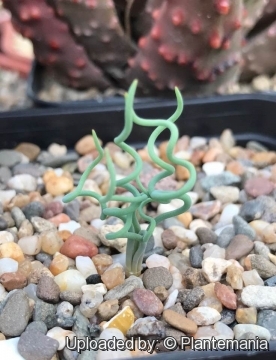 Bulbine torta Photo by: © Plantemania
Bulbine torta Photo by: © Plantemania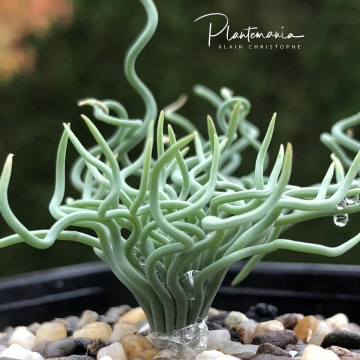 Bulbine torta Photo by: © Plantemania
Bulbine torta Photo by: © Plantemania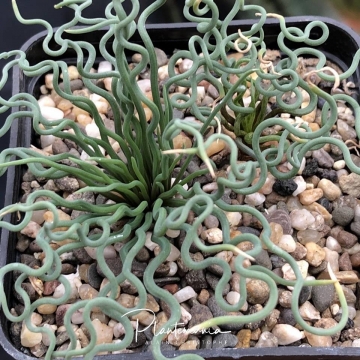 Bulbine torta Photo by: © Plantemania
Bulbine torta Photo by: © Plantemania Bulbine torta Photo by: © Plantemania
Bulbine torta Photo by: © PlantemaniaCultivation and Propagation: Therefore, this plant should tolerate subfreezing temperatures and should at least be root-hardy to near -18° C.
Propagation: It is a curious plant; germination is easily achieved on a sandy, cactus seedling mix's surface.















